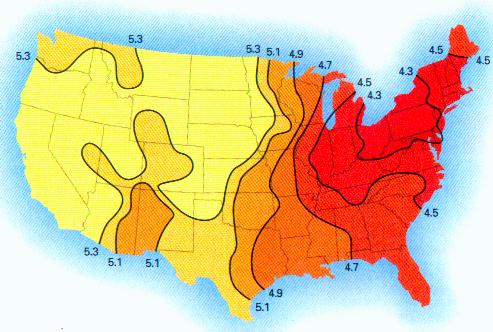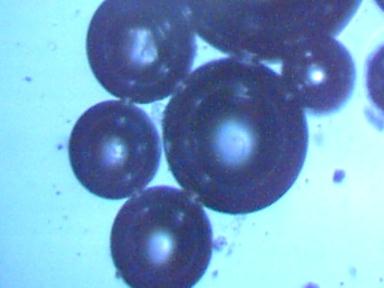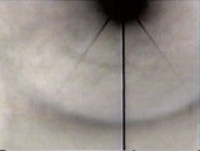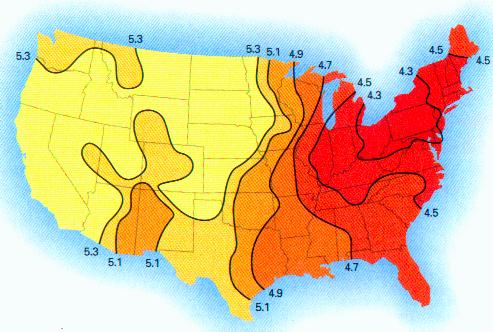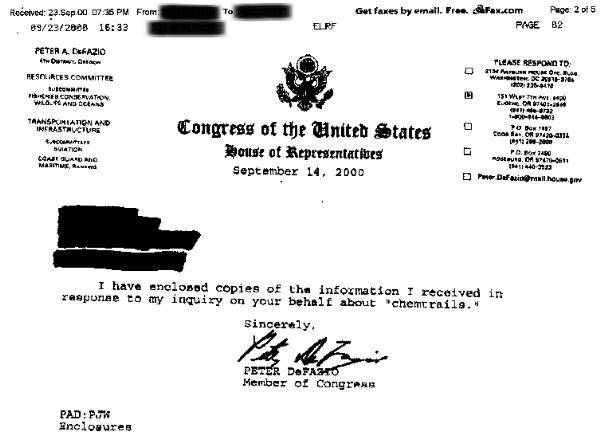
This paper validates the feasibility of aerosol cloud seeding operations in great detail, analyzing inputs such as air volume constraints, chemical concentration levels, particulate size, weight and size constraints of aircraft, number of aircraft employed, and the amount of time required to perform such as operation. Though not an exhaustive study, complex calculations are performed that lend credence to the argument that these aerosol programs, observed in the skies for many years, are quite possible.







